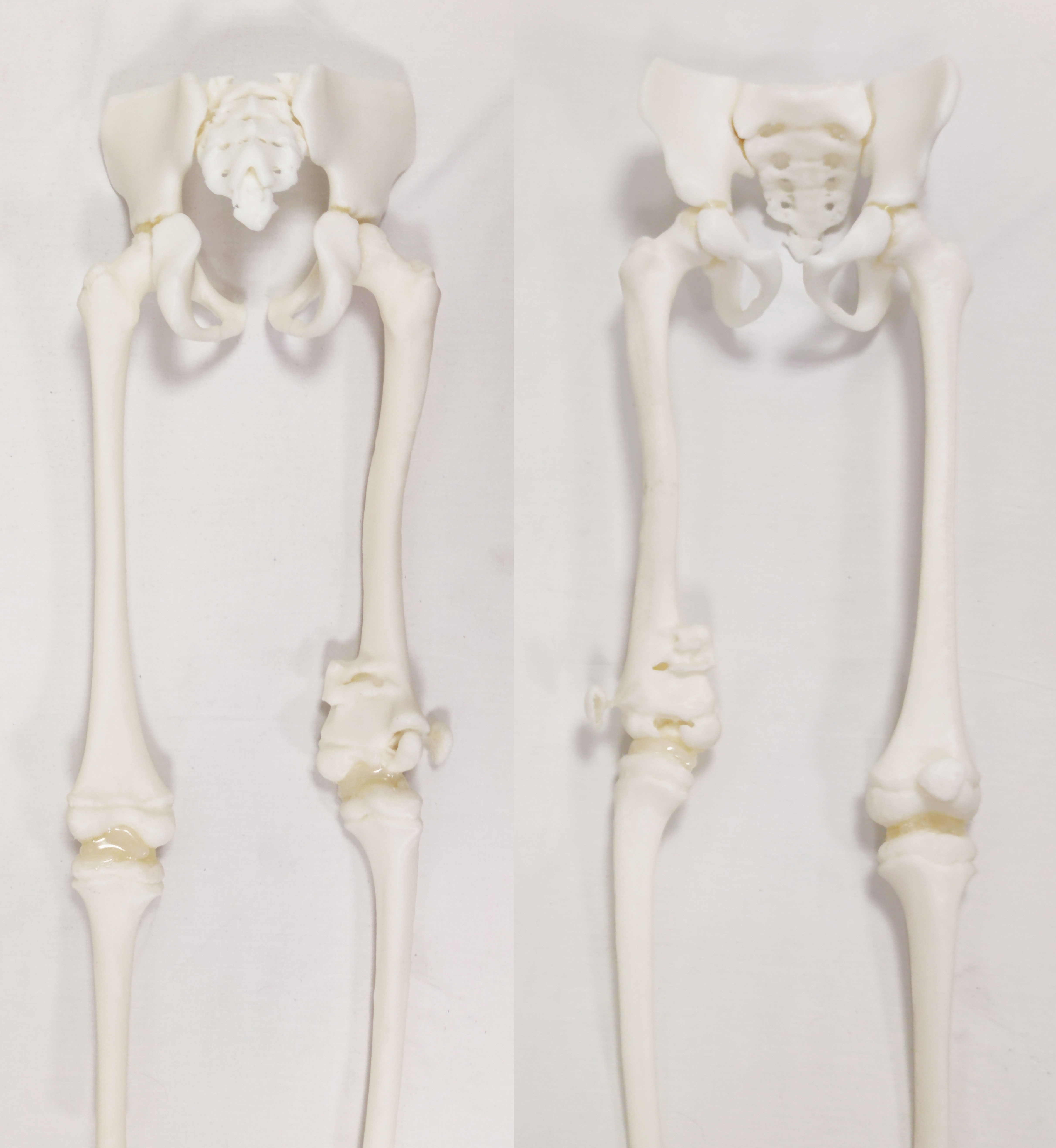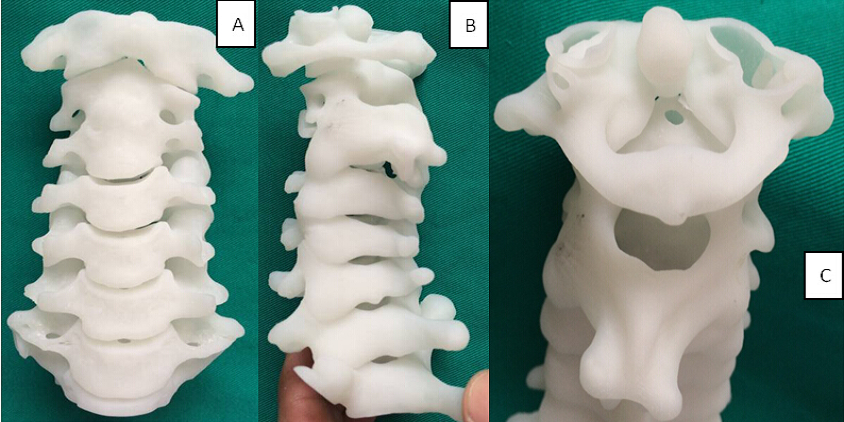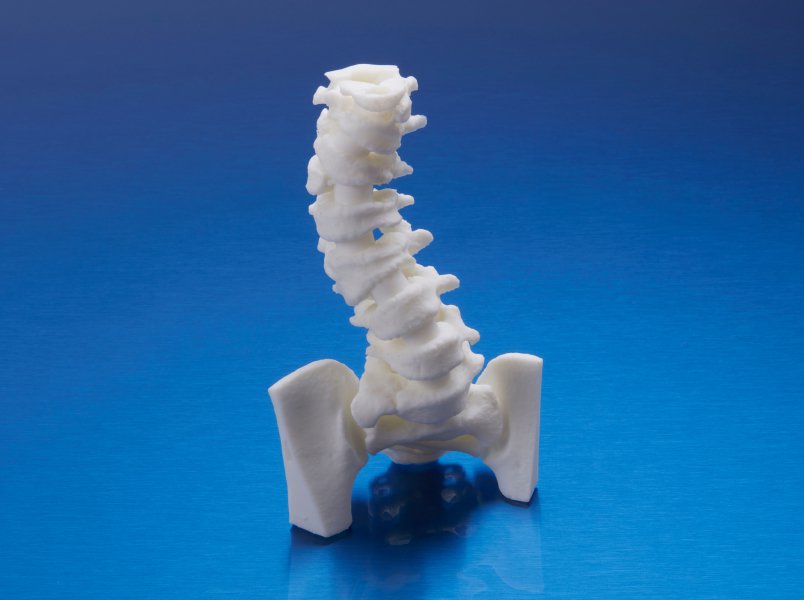Orthopedic Surgery

Orthopedic surgery deals with the treatment of musculoskeletal disorders, which involve bones, joints, muscles, ligaments, tendons, and related structures. 3D printing has become a game-changer in this field, offering innovative ways to enhance surgical planning, practice, and patient outcomes.

Fracture Reduction: Fracture reduction is the process of aligning broken bones to facilitate proper healing. Surgeons can use 3D-printed models that replicate specific fractures to practice reduction techniques. These models allow surgeons to rehearse precise maneuvers for realigning bones and inserting fixation devices like screws and plates.

Spinal Procedures: Orthopedic surgeons specializing in spine surgery can benefit greatly from 3D-printed models. These models can replicate the intricate details of the spinal column, including vertebrae, discs, and nerves. Surgeons can use these models to plan and practice spinal fusion procedures, deformity corrections, and even the placement of spinal instrumentation.

Personalized Surgical Approach: Each patient's anatomy is unique, and 3D printing allows for patient-specific models that closely resemble their actual bone structure. This enables surgeons to tailor their surgical approach to the patient's individual needs, reducing the risk of complications and ensuring a more successful outcome.

Preoperative Planning: Using traditional imaging techniques like X-rays and CT scans, surgeons have limited visualizations of the three-dimensional complexities of bone structures. 3D-printed models provide a tactile and visual tool that allows surgeons to manipulate and explore the anatomy before stepping into the operating room. Surgeons can identify challenges, plan incision points, and determine the optimal trajectory for implants.

Education and Communication: In addition to benefiting surgeons, 3D-printed models are valuable tools for educating patients about their conditions and proposed surgical interventions. Visualizing a physical model helps patients better understand their treatment options and make informed decisions about their care.

Research and Innovation: Orthopedic surgeons and researchers can use 3D-printed models to develop and test new techniques, implants, and surgical instruments. This contributes to the advancement of orthopedic practices and the development of novel solutions for challenging cases.
Overall, 3D printing has brought a new level of precision and customization to orthopedic surgery simulation. It empowers surgeons to practice, plan, and innovate in ways that were not possible before, ultimately leading to better patient outcomes and a higher standard of care.


